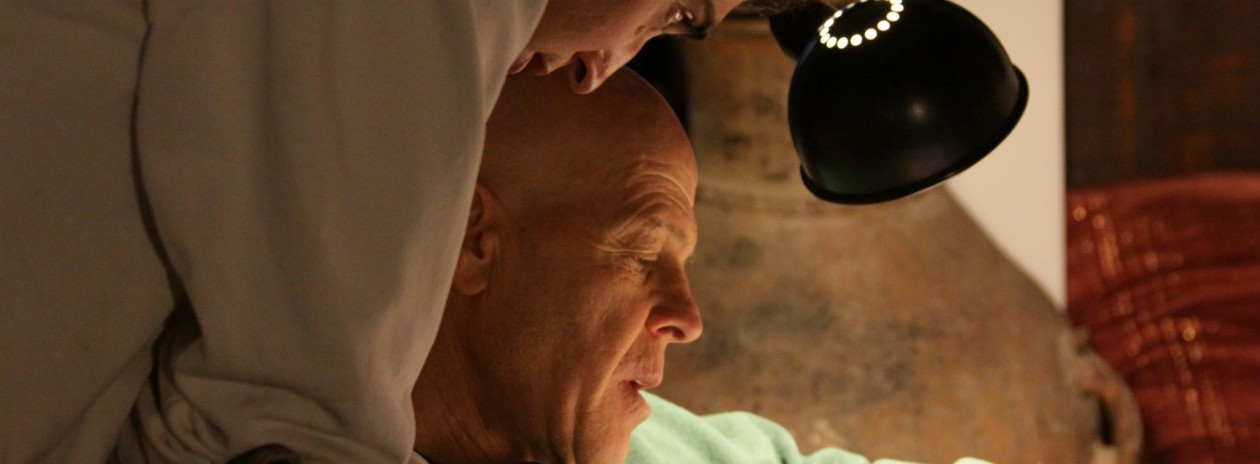There is explicit discourse in the Ultra-Orthodox world regarding levels of religiosity (madregot), including informal distinctions between high, low, and intermediate degrees (benoniyyim). One’s level of religiosity is regarded throughout the Ultra-Orthodox community as intertwined with one’s professional-scholarly career.
Written By Prof. Gideon Aran
Those who excel at studying Jewish texts and take on Torah study as a full-time job to the extent that it precludes their engaging in any other occupation (Talmidei Hakhamim she-Toratam Umanutam) are considered, together with their families, to be at the top of the hierarchy. Those who hold jobs and engage in Torah study for only a few hours per-week, usually in the evening and on the Sabbath, are one step below and find their places in the middle of the hierarchy (Balebatim).
Finally, those who do not engage in formal Torah study are labeled as ignoramuses (amaratzim), and notwithstanding their daily prayers and moral way-of-life find themselves ranked at the bottom. The guiding presumption of the hierarchy is that one’s scholarly ranking will be consonant with one’s stringency in the observance of all of the commandments.
There exist other religiosity ranking systems in the Ultra-Orthodox world, including intersecting systems as well as subcategories of the aforementioned gradation. In general, one may observe in the Ultra-Orthodox community concentric circles of religiosity. As one advances from the periphery toward the center, the level of religiosity becomes elevated and intensified.
Taken from “On Religiosity and Super-Religiosity: Measures of Radical Religion”, By Prof. Gideon Aran
